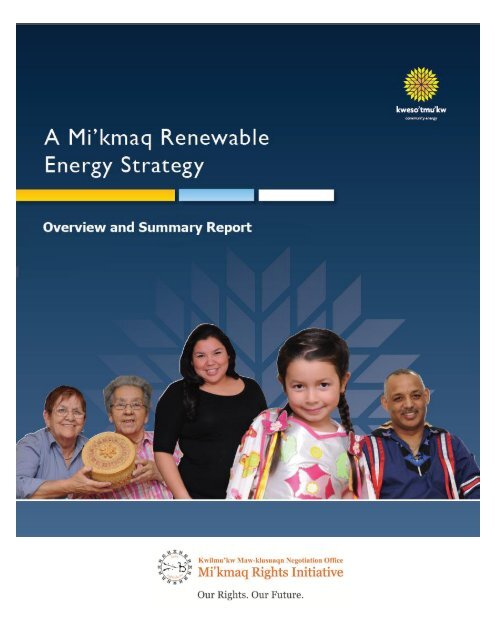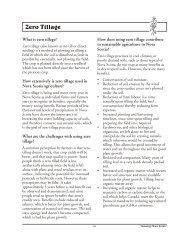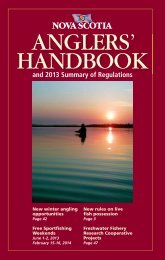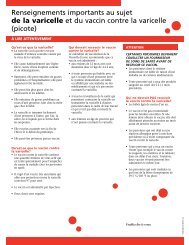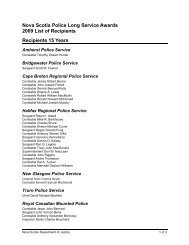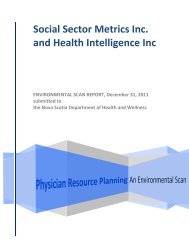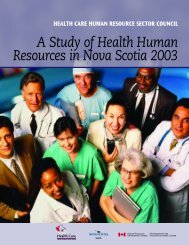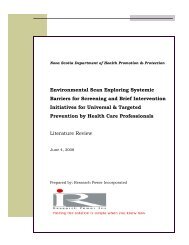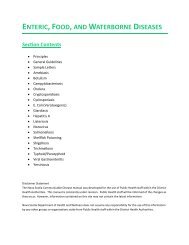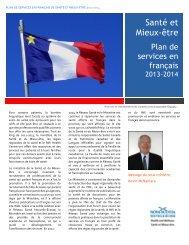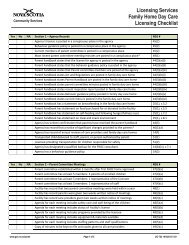Mi'Kmaq Renwable Energy Strategy Overview and Summary
Mi'Kmaq Renwable Energy Strategy Overview and Summary
Mi'Kmaq Renwable Energy Strategy Overview and Summary
You also want an ePaper? Increase the reach of your titles
YUMPU automatically turns print PDFs into web optimized ePapers that Google loves.
Finally, the Mi’kmaq had to recognize the complex nature of our continued rise in energyconsumption, in comparison to the mainstream. As the <strong>Strategy</strong> would undertake aninvestigative approach into the issue of ever increasing Mi’kmaq use of electricity, theoutcome would not only need to be understood but also the Mi’kmaq required several stopgap measures to begin to address the issue.The Outcome: Mi’kmaq Renewable <strong>Energy</strong> <strong>Strategy</strong>In July 2011 the Assembly was presented with the Mi’kmaq Renewable <strong>Energy</strong> <strong>Strategy</strong> bythe consultant, Stantec Environmental. The <strong>Strategy</strong> had three primary elements. First, the<strong>Strategy</strong> examined the potential for a multitude of potential renewable energydevelopments in wind, biomass, run of river hydro, geothermal <strong>and</strong> tidal prospects interms of the COMFIT program.In most cases the analysis examined both the grid capacity, wind, tidal or river <strong>and</strong> streamregimes <strong>and</strong> sunlight availability pursuant to the 13 Mi’kmaq communities.Ultimately it was the wind prospects (large <strong>and</strong> small) that captured the attention of theAssembly <strong>and</strong> individual b<strong>and</strong>s. It is however worthy to note that the opportunities in largewind now being pursued were derived from existing wind developments that were notincluded in the <strong>Strategy</strong>. This being said, there is a series of developments under review forsmall wind to which the <strong>Strategy</strong> identified potential communities for development.Currently the Assembly has 10 MW of approved COMFIT wind developments (Bridgewater<strong>and</strong> Amherst). As well, other Mi’kmaq communities are actively pursuing their wind <strong>and</strong>biomass projects.The <strong>Strategy</strong> also (for the first time ever) captured the exact data on electricity usage by all13 Mi’kmaq communities. The <strong>Strategy</strong> revealed that the usage data was higher thananticipated.3 | P a g e
Upon receipt of the <strong>Strategy</strong> in 2011 the five Cape Breton b<strong>and</strong>s enacted a pilot program intheir communities which endeavored to find the root causes for the higher usage throughhome energy audits <strong>and</strong> ways to mitigate the problem.In 2012, the Assembly is expected to launch a province wide program that will begin toaddress the usage issue to upwards of 2500 Mi’kmaq residences across the province.Finally the <strong>Strategy</strong> provided the Assembly with advice <strong>and</strong> protocols to affect legislativechange affecting the renewable energy sector <strong>and</strong> the Mi’kmaq.Currently the province has enacted changes to the Electricity Act that allow the Mi’kmaq todevelop projects on l<strong>and</strong>s they hold within <strong>and</strong> beyond the Indian Act. As well thelegislation also sets aside a percentage of turbine development for small wind for all 13communities.One can say with confidence that the Mi’kmaq Renewable <strong>Energy</strong> <strong>Strategy</strong> will continue toinform <strong>and</strong> affect future developments by the Mi’kmaq in this exciting sector.We are looking after it, <strong>and</strong> will continue to do so.4 | P a g e


